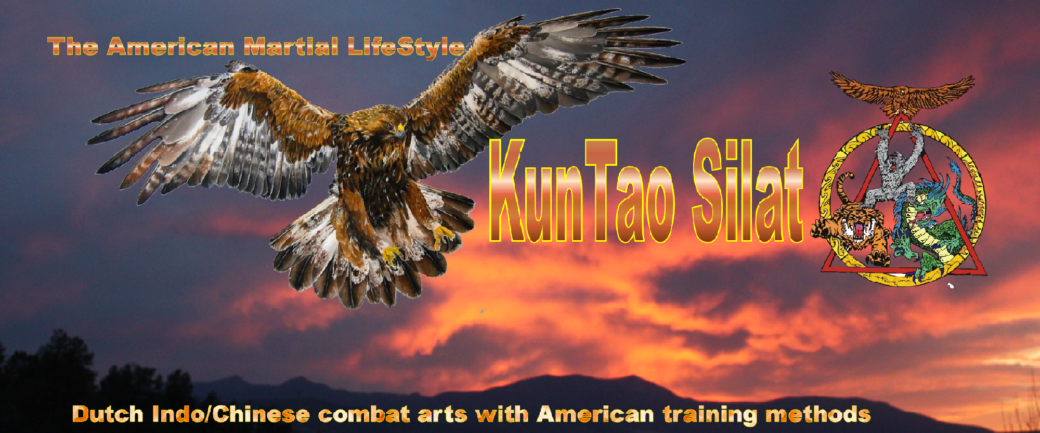Pukulan (Poekoelan) is a word coming to us from our Pentjak Silat Serak heritage. It refers to the colliding of bodies, and implies one body crashing into (or through) another. Many (or most) of the Asian martial arts predating the “modernization” period of the late 1800s-WW2 (where the fighting arts were being standardized for mass […]
Author Archive | Dr. Jonathan Pyndus
Soft =/= Easy!
It is not uncommon in the world of martial arts to encounter a practitioner (sometimes even at instructor level) who, upon getting into one of the “Soft” or “Internal” martial arts, is ready to talk your head off about how much better they are than the “Hard” styles. “You see,” such a person can say, […]
Scaling Force: Effective vs Appropriate
If I seem to harp a lot on the important of “context” in my posts, it is because so much misunderstanding in the world of martial arts and its various subsections of focus are due to people equating whichever part interests them with the whole pie. When we are discussing the effectiveness of techniques, this […]
The Physics of Entering Stance
Stances are a key component of KunTao Silat, as they are in any system. Integral to our Family Art is the Entering Stance, as it is from this position that much of the ingress and body to body contact with the enemy is conducted. If we look at the structure of Entering Stance we see […]
Self Defense vs Fighting
Depending on your background and life experience, the following statement may or may not make sense to you: fighting and self-defense are NOT the same thing. Now, let’s clear some semantics up: by “fighting” I am referring to a mutual physical conflict between two or more participants. “Self-defense” in this essay refers to the protection […]
Book Review: Meditations on Violence
Many people begin their study of the martial arts with the intention of developing self defense capabilities. Yet few people appreciate that the subject of violence is a complex one, and that self defense is as much a legal concept as it is a physical one (much less an ethical or moral one). Is a […]
Structure, Frame, Posture: Combat Shape!
Depending on the system and the teacher, a martial arts student will often hear references to posture, structure, frame, or stance. All of these are referring to the same core idea: proper alignment of the body. Classical martial arts of all cultures place a premium on developing structure, and it’s common for teachers to require […]
The Burden of Teachers
Recently, I had a patient come through my clinic who ended up having a spirited conversation with me. He grew up in a very conventional “Western” demographic, playing football in high school, joining a fraternity in college, and entering the “rat race” as an adult. Yet he practices Qigong and looks to Eastern Medicine when […]
Internal/External Horse Stance: The Root of KunTao Silat
Depending on long you have been in martial arts, or how wide your experience has been with the innumerable traditions available to us now in the 21st Century, you may or may not have noticed that some version of Horse Stance (aka Tiger Stance in Malabar) is found in virtually every system. Even “modern” combat […]
Why Forms?
In American martial arts culture, particularly with the influence of Bruce Lee, it can be common to encounter the argument that the choreographed solo practice routines we call “forms” in English and “Kata,” “Djurus,” “Hyung,” “Taolu,” etc. in other languages are a waste of time. When you consider how most “strip mall” Dōjō conduct their […]
